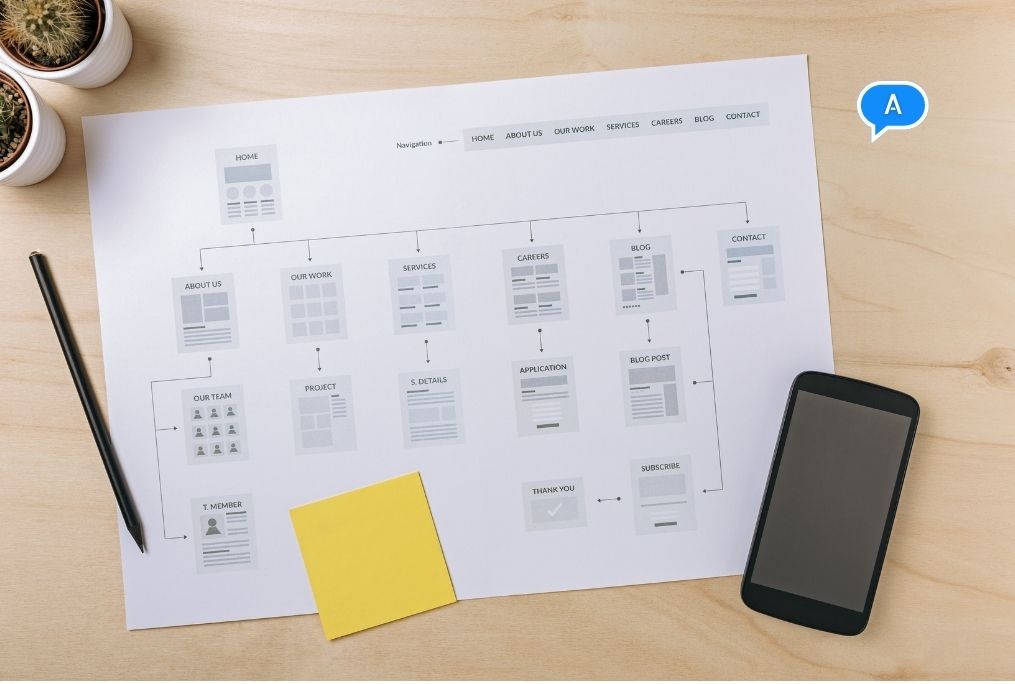Sitemap: The Key to Successful SEO
SEO and Sitemap are popular terms these days, but what exactly do they mean? If you’re confused about these two things, you’re not alone! Most people have never heard of SEO or know what it stands for or how to use it; even if they have heard of SEO, they don’t really know what it means or how to incorporate it into their own business. Here, we will explore SEO in relation to Sitemap and explain how both can benefit your business and help you achieve your marketing goals.
What is a sitemap and why do you need it?
A sitemap is a file that contains a list of all the pages on your website. It’s important for SEO because it helps search engines find and index all of your website’s content. A well-structured sitemap makes it easy for search engines to understand your website’s structure and can help you rank higher in search results. To make sure your sitemap is effective, you need to submit it to Google Search Console and Bing Webmaster Tools.
A sitemap will help you navigate your site
A sitemap is a great way to help structure your website in a way that is easy for both users and search engine crawlers to understand. By submitting your sitemap to search engines, you are essentially telling them what pages on your site are most important and how often they should be crawled. This helps ensure that your site’s content is being properly indexed and that users are able to find the information they need.

A sitemap can get you better rankings on search engines
A sitemap is a file that tells search engines about the structure of your website. It helps them understand your site better and can give you a boost in the rankings. You can submit your sitemap to Google through their Search Console tool. Sitemaps are a key part of successful SEO. They help search engines find all the pages on your site and index them correctly, leading to higher rankings.
So, how do you create a sitemap?
A sitemap is a file where you provide information about the pages, videos, and other files on your website, and the relationships between them. Search engines like Google read this file to more intelligently crawl your site.
You can create your sitemap manually or you can use a tool like Yoast SEO for WordPress to generate one for you automatically. If you choose the latter option, all you need to do is submit your sitemap to Google Search Console and Bing Webmaster Tools.
But why is a sitemap so important?
A well-structured sitemap makes it easier for search engines to index your website, which means better crawling and improved ranking.
Types of Sitemaps
A sitemap is a file where you can list the web pages of your site to tell Google and other search engines about the organization of your site content. There are three primary types of sitemaps: Sitemap structure, Sitemap submission, and RSS Feed. Each has its own purpose and benefits.
- Sitemap structure helps formalize your website’s layout so that search engine crawlers can more easily index your pages. This can lead to improved search engine rankings and visibility for your site.
- Sitemap submission allows you to specifically target which pages you want to be indexed by search engines. This can be beneficial if you have recently added new content or made changes to your site that you want to be reflected in search results as soon as possible.
Get yourself organized
A sitemap is a file where you can list the web pages of your site to tell Google and other search engines about the organization of your site content.
Sitemap structure is important for SEO because it can help search engines understand your website better. A well-organized sitemap makes it easier for search engines to crawl and index your website.
To get the most out of your sitemap, you should submit it to Google Search Console and Bing Webmaster Tools.

Don’t forget to add images to your sitemap
A sitemap is important for SEO because it helps search engines understand the structure of your website and find all the pages on it. A well-structured sitemap makes it easy for search engines to index your website and can even help improve your rankings. Plus, a sitemap can be used to submit your website to search engines, which can help get your site indexed faster.
Add every blog category separately in your sitemap
A sitemap is a file where you can list the web pages of your site to tell Google and other search engines about the organization of your site content.
Creating and submitting a sitemap helps make sure that Google knows about all the pages on your site, including URLs that may be created in the future. Plus, a well-structured sitemap can help improve your site’s ranking in search results.
Here’s how to create a sitemap:
Create a unique file name for each category
A sitemap is a file that tells search engines about the structure of your website. It’s important for SEO because it helps search engines understand your website so they can index it properly. You can submit your sitemap to search engines directly, or you can use a tool like Google Search Console to do it for you. There are two types of sitemaps: XML and HTML. XML sitemaps are designed for search engines, while HTML sitemaps are designed for humans.
Add images as well
A sitemap is a file that tells search engines about the structure of your website. It is important for SEO because it helps search engines understand your website and find all of your pages. A well-structured sitemap can also help improve your click-through rate from search results.
Be patient, it might take time for the algorithm to update
Sitemaps are an important part of successful SEO. They help search engines understand the structure of your website and can give them a clear picture of all the content you have to offer. Sitemap submission is the process of submitting your sitemap to search engines so they can index your website. Be patient when submitting your sitemap, it might take some time for the algorithm update to take effect.
